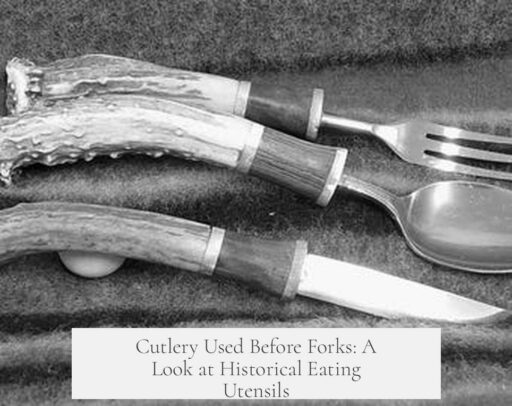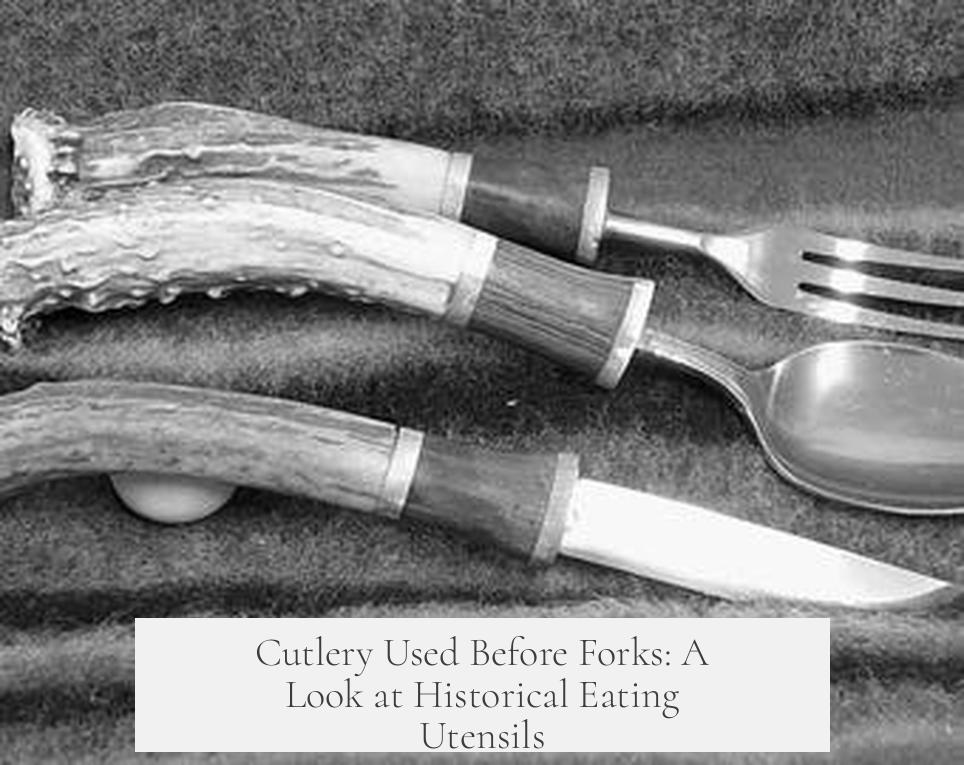Before the widespread use of forks, people primarily relied on fingers, knives, and spoons to eat their meals.
In traditional European dining, including among the English, solid foods were eaten with fingers. This was common across social classes, especially among the lower classes. A spoon served as the main utensil for consuming liquids such as soups, which were a staple in the medieval and low-class diet.
Knives played a central role at the table, specifically for cutting larger pieces of food such as meat. Unlike modern knives with sharp edges, older table knives often had broad, blunt blades. These were designed not only for cutting but also for scooping foods, like peas, functioning somewhat like a modern fork or spoon. This practice of eating directly off the knife blade remained common even as some social groups upgraded to silver utensils.
Social class affected utensil habits. In England, for example, the use of forks was not universal. Many poor farmers and factory workers continued to avoid forks, maintaining older customs. Upper-class society in the early 1800s did embrace forks, which is reflected in the “silver fork” novels of that era. This term highlighted the fork as a symbol of refinement and status, unlike “silver spoon,” which was less commonly used in this context.
Because forks were not widely accepted by all groups, especially among the lower classes, alternative “knife-ish” utensils were invented to bridge the gap between knives and forks. These allowed users who resisted forks to handle food more conveniently while staying true to their traditions.
- Solid foods were eaten with fingers before forks became common.
- Spoons served primarily for soups and liquids.
- Knives had blunt, broad blades used for cutting and scooping.
- Fork use was linked to social class and was resisted by many lower classes.
- “Knife-ish” utensils were invented for those avoiding forks.




